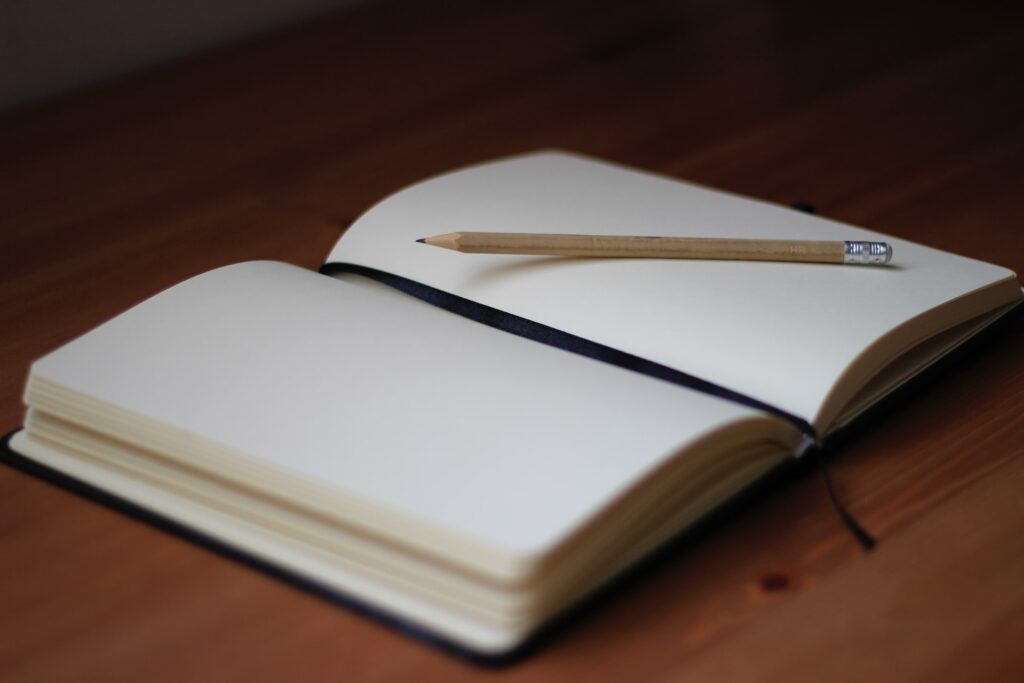Writing and defending a term paper is an important part of any curriculum and one of the main tasks of a student’s education. The main purpose of the term paper is to learn how to work with specialized literature, analyze educational and scientific material, critically comprehend it, and highlight the main points. We have consulted the essayshark.com paper writing service and are ready to share some tips.
Basic steps in writing a paper
1. Choosing a topic
A term paper is a scientific study on a specific topic. Therefore, the most important thing when writing a term paper is to choose a topic that is interesting to you, which would bring pleasure. Too broad topics are not good because of their basicity and the huge amount of available and already analyzed material. The professor wants to see independent analysis, not a set of concepts that have been known for a long time.
Each discipline usually offers a list of agreed-upon topics from which you need to choose the relevant one. So don’t delay in choosing. More active students may pick up the most interesting topics. Study the list of topics and choose the one that suits you.
We want to point out that the list of topics is not something fundamental. If you feel like you can change the topic a bit or come up with your own, feel free to talk to your thesis advisor about it. Usually, professors have a positive attitude towards this initiative and help you formulate a topic and select a list of references.

2. Collecting literature
Immediately after selecting the topic, you need to select the literature. Sources can be taken from the list of literature recommended in preparation for the studies, from scientific articles, methodological, and training manuals. You can ask the supervisor for help.
There are certain requirements to the sources of literature. The choice of irrelevant or unreliable sources can lead to low quality and poor evaluation of the work. Educational and scientific materials should correspond to the topic of the work and be fairly recent. The year of publication should not be older than four to five years.

3. Compiling an outline
A good and clear plan for writing a term paper makes it easier to work on it. By clearly defining the steps and tasks, you are not distracted by irrelevant information. It is best to make a plan by chapters and paragraphs.
Think of their approximate titles and formulate a few theses that you want to reflect in each part. In the finished term paper, the edited plan becomes a table of contents.
The term paper plan allows you to determine the acceptable amount of chapters and the schedule of work. I don’t need to remind you that writing a term paper on the last or next-to-last day is not a good idea.

The universal template for a term paper plan is:
• the introduction with the disclosure of the relevance of the topic;
• clearly formulated goals and objectives;
• the first chapter with an explanation of terms, review of sources, and analysis of concepts;
• the second chapter with a detailed analysis of the subject or practical part;
• conclusion with summarizing the results.
Use this template as a basis and add the paragraphs you need. Also, don’t forget to coordinate the outline with your instructor. They will find weaknesses in the thesis statement and structure and help you choose a clearer direction for your work.

Structure and design of a paper
Introduction
The first section of the work is the introduction to the relevance of work, the subject and the object, of course, purpose, objectives, research methods. An introduction is written after the creation of the main part of the work, but the goals and objectives should be formulated in advance.
Main part
The coursework is divided into two or three sections. Standard work consists of theoretical and practical sections.
More complex and voluminous work consists of three parts: theoretical, analytical, and project. Sections are divided into chapters, and chapters are divided into paragraphs. The theoretical section summarizes existing information on the topic.
It is necessary to formulate your point of view on the problem under study. The analytical section identifies the factors that influence the subject of the research. The practical or project section describes the development and application of methods to solve the problem.

Conclusion
The conclusion consists of findings, which are formulated on the basis of the analysis in the main section. The possibility of the practical application of the results of the work is indicated.
List of references used
To properly execute the list of sources used in work, it must comply with the educational establishment’s requirements.
Appendices
The appendix includes photos, illustrations of large tables, and charts. They need to be referenced in the text.
Use Time Management
As strange as it may sound, you should stick to time management. Yes, this is the first thing you should focus on and plan for yourself what you should do. After all, if you pick up relevant information from all possible textbooks at the same time, you will waste a lot of unnecessary time.
We recommend allocating 8-10 sources from which you will draw the basic information. Don’t try to spend a whole day on your term paper and then come back to it in a month. It is more effective to allocate 2-3 hours every day for 2-3 weeks. This way, you will stay in the process and not forget what you wrote last time.

